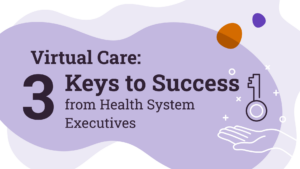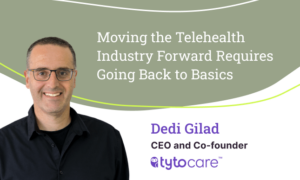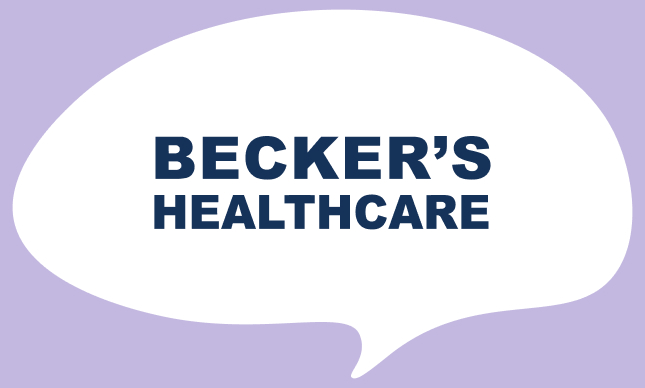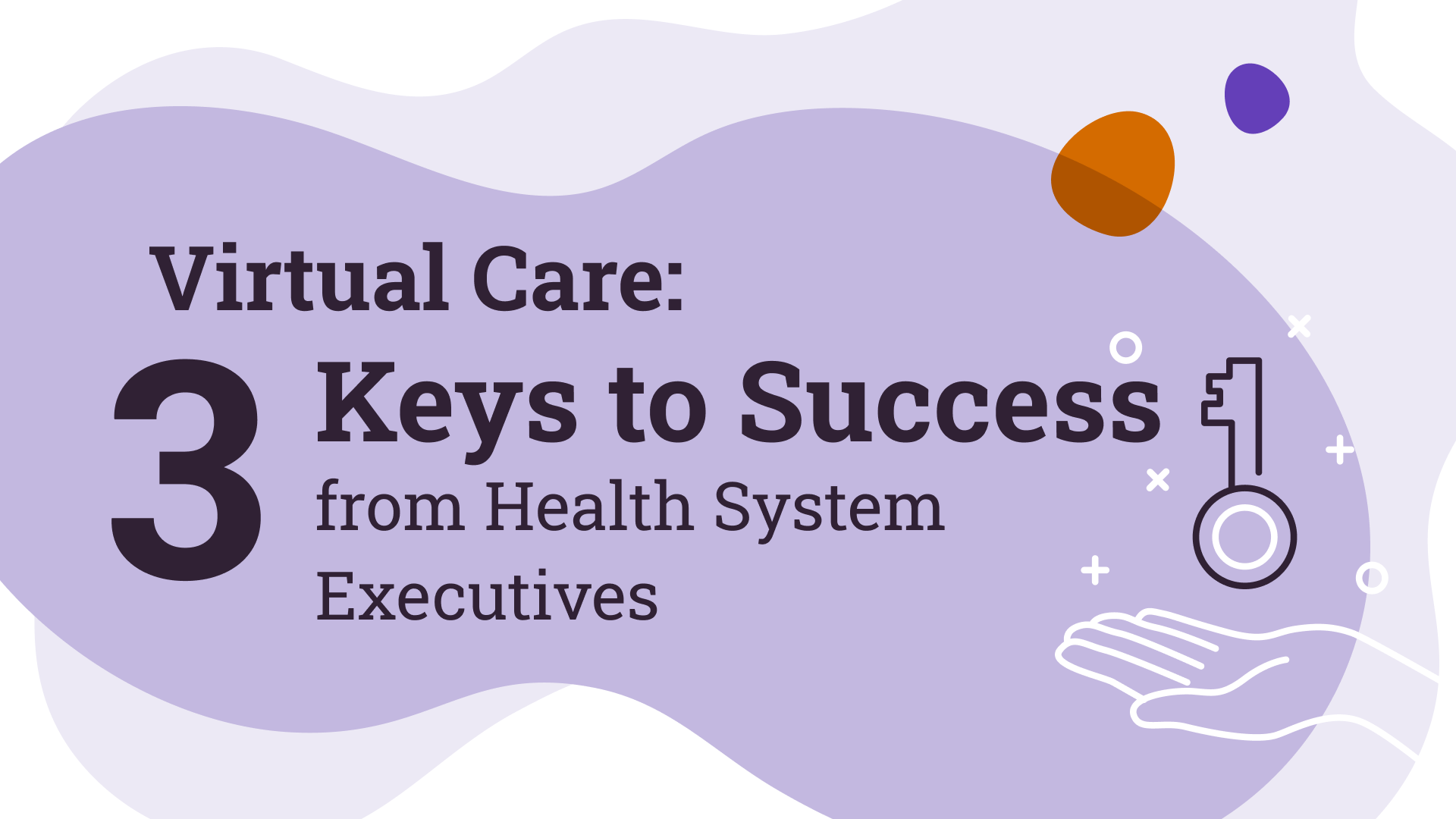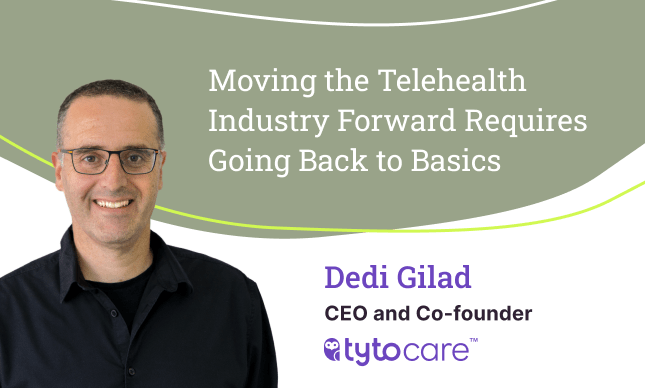Increasing Adoption of Virtual Care by Understanding What Patients Want
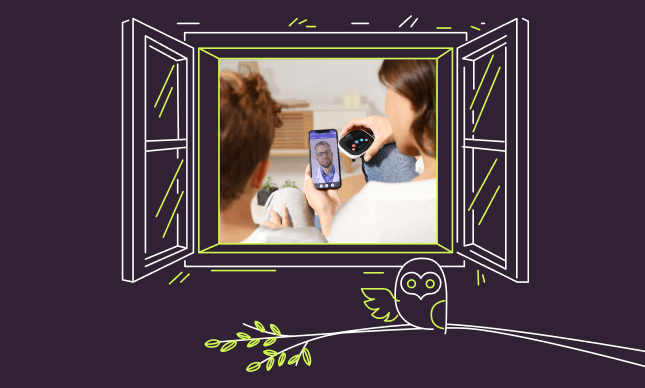
The consensus in the healthcare industry is clear: Virtual care is here to stay. A recent survey of employers, payers, and benefits consultants indicates that a huge majority see virtual care as an ongoing priority – and around half believe that it will become the primary model of care.
It’s no wonder that so many are excited about the future of virtual care: remote primary care technology has tremendous potential to expand access to care, making it more convenient and cost-effective. Even with such a clear understanding of the importance and potential benefits of remote care, however, many virtual care providers struggle to understand and target members to improve adoption and increase engagement.
TytoCare’s success in promoting high engagement rates in virtual care, via our Tyto Engagement Labs™, comes from understanding key questions: What motivates people to choose virtual care options? What are their hesitations? And do they believe that there is a tradeoff between ease of access and quality of care?
To find answers, we surveyed 1,000 people across the United States who have insurance either through Medicaid or private plans, and who have interacted with a healthcare professional through any remote technology over the past 12 months.
What we learned
We learned that industry leaders aren’t alone in backing a shift towards more virtual care. 78% of our respondents said that the availability of virtual care is an important consideration when they choose a plan.
The data also indicates that members who start utilizing remote care are likely to continue to do so: In the sample of people who used virtual care at least once in the past year, 73% used it twice or more, with the average respondent using a virtual care option 3.5 times within the last 12 months.
Why do people choose to use virtual care options? One overwhelming answer was to save time: 94% of respondents said that saving time was either “quite important” or “very important” to their decision to use virtual care. It makes sense that patients would search for options to reduce the time they spend waiting for care: In 2022, we found that on average people wait for 82 minutes once they arrive at a clinician’s waiting room.
Related to virtual care’s time-saving potential, 95% of respondents said that virtual care was either quite or very important to them as an alternative to trips to the emergency department or to urgent care. Trips to the ED are expensive, time-consuming, and often unnecessary when people only need a quick professional medical opinion.
Cost is also an important factor when choosing a health plan, as is underscored by the 91% of respondents who said that price was a quite or very important factor in choosing a plan. Members also value ease of access to care, with an even more overwhelming 97% saying that ease of use is quite or very important in their decision-making.
The member focus on saving time and on ease of use has clear implications for the importance of virtual care: Well-constructed remote care options make it far more intuitive for patients to access care more quickly. Coupled with the emphasis on cost-savings, this also indicates that plans who want more members to adopt virtual care should make sure that remote options are available to members with limited or no extra cost.
Trust: The key to improving adoption
We know that members who use virtual care want to continue using it. We know that they place a high premium on saving time, staying out of the ED, and saving money. How can we improve adoption rates?
We found that the most important factor in improving adoption is trust. Patients are far more likely to start using virtual care if it is recommended by a healthcare professional they trust – and even more likely if virtual care can give them access to a healthcare professional they trust. 59% of respondents said they would be highly influenced to use remote care by a recommendation from a provider or clinician, and 73% said that the availability of virtual exams with their primary care physician would increase engagement.
A key element in building that trust is going beyond traditional phone and video call technology. 81% of respondents said that they would be more interested in using virtual care programs if they offer features above and beyond simple video calls. This demonstrates that even among a sample of people who largely already believe in remote health, some remain skeptical of accurate diagnosis and quality of care over a voice or video call.
We’ve long argued that a simple phone call can’t replicate the value of a doctor’s appointment, and the fact that so many patients seem to intuitively believe that as well demonstrates that a major obstacle to adoption is the simple fact that traditional telehealth approaches are falling short.
This is why TytoCare’s Home Smart Clinic approach is so vital – it offers the full experience of the doctor’s office from the comfort of home. This gives patients exactly what they want: A trustworthy way to access high-quality care whenever they need it. By going beyond traditional telehealth we can solve the persisting adoption and engagement challenges in virtual care, and help to realize its true potential.
To read more about the survey, download the full report here.
